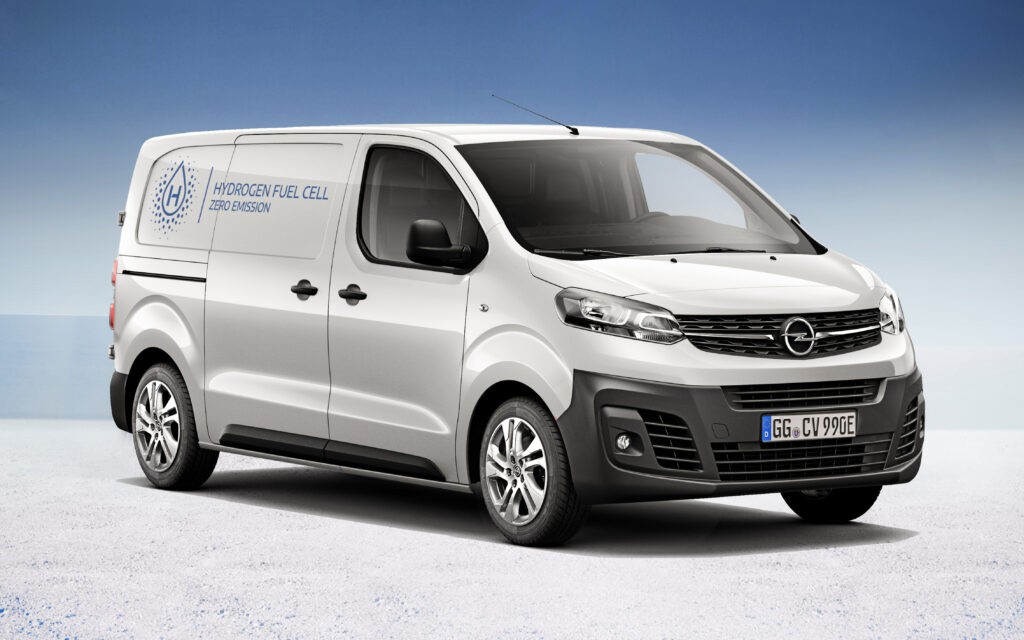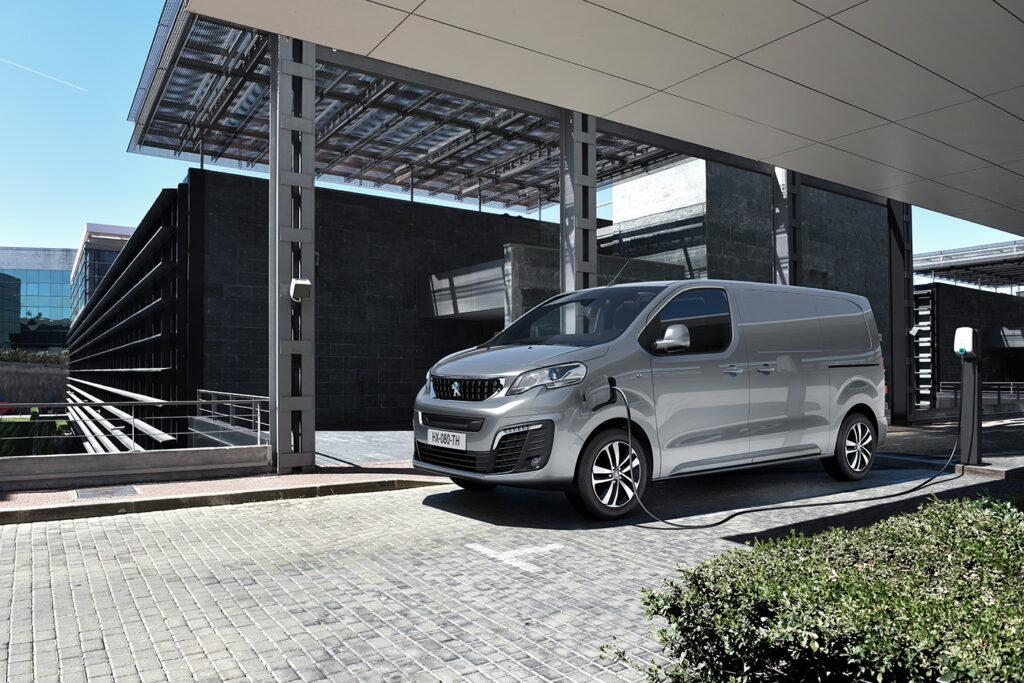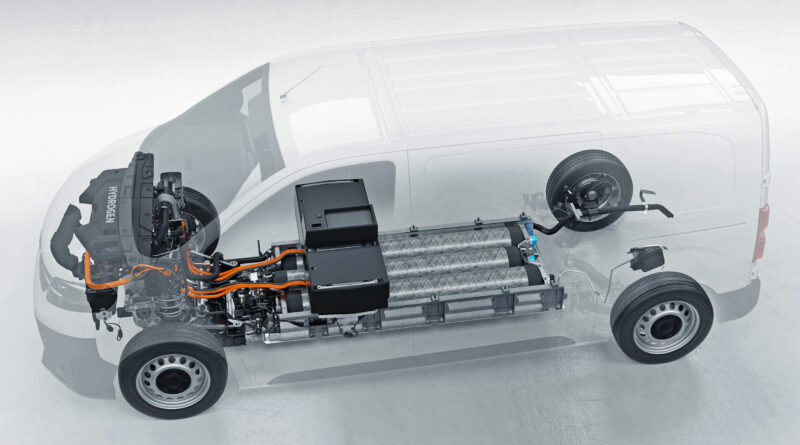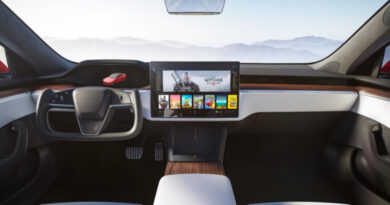Hydrogen fuel cell and PHEV combined in Opel Vivaro-e van
Opel has combined hydrogen fuel cell and plug-in hybrid electric vehicle technology in its latest zero emissions deliver van.
Utilising the bones of the Vivaro-e battery electric vehicle (BEV), the Vivaro-e FCEV replaces some of the batteries with three hydrogen fuel tanks.
Those tanks can be refueled in around three minutes and provide up to 400km of WLTP driving range.
There’s also a 10.5kWh battery pack, which can be recharged externally and provide up to 50km of battery electric range.
But the 10.5kWh battery pack is also crucial to the operation of the fuel cell component.
That’s because the onboard fuel cell in the Vivaro-e can produce a maximum of 45kW, which Opel says is “enough power for continuous highway driving”.
But the single 100kW/260Nm electric motor driving the front wheels can draw plenty more than the fuel cell can provide.
So the Vivaro-e FCEV can be driven purely on batteries charged externally for 50km or driven further using the hydrogen fuel cell.
It’s believed to be the first production vehicle that combines FCEV with PHEV technology, potentially providing an interesting zero emissions alternative for commercial vehicle operators.
In announcing the vehicle Opel describes it as a relatively simple conversion that retains the van’s load space (up to 6.1 cubic metres) but increases its payload (due to the reduced weight of the batteries) to 1100kg.

The Vivaro-e FCEV is not in mass production but instead will be manufactured by Opel Special Vehicles, which – like Holden Special Vehicles (HSV) – provides specialised and low volume manufacturing services.
“Hydrogen could be the central element of an integrated and efficient energy system of the future, free of fossil fuels”, said Opel CEO Michael Lohscheller.
“We have more than 20 years of experience in hydrogen fuel cell vehicle technology. There is hardly another propulsion system in the world that offers the combination of zero emissions, long driving range and only three minutes refuelling time.”
Now owned by Stellantis – the company formed by the merger of Fiat Chrysler and PSA (Peugeot Citroen) – the Vivaro-e FCEV PHEV has applications well beyond a brand that was best known for supplying vehicles such as the Barina and Astra (and the last of the Commodores) to Holden.
The Vivaro van is rebadged as the Peugeot Expert (as well as a Citroen) in Europe and the Vivaro-e is almost identical to the e-Expert.
Peugeot in Australia has been building its commercial vehicle artillery in Australia and has previously said it is considering EV versions such as the e-Expert as part of its imminent EV push.

Of course, the big issue in Australia is where to fuel hydrogen-powered vehicles.
The first refueling station recently opened in Canberra followed closely by a public hydrogen refueller at a Toyota facility in Melbourne.
While that could work for businesses based near those locations, it’s clearly not practical for most drivers around the country.
More hydrogen refueling stations are planned, but only a handful over the next couple of years.
That said, momentum is building for hydrogen in Australia.
The Federal Government continues to show interest in supporting hydrogen as a power source.
And Toyota and Hyundai are pushing hard to establish hydrogen vehicles in Australia.
Hyundai – which recently launched its Nexo FCEV – believes hydrogen could one day replace diesel for heavy vehicles, towing, trucks and buses.
And Toyota – which just launched its Mirai in Australia – sees potential for hydrogen fuel cell in vehicles such as the Hilux, Prado and LandCruiser.




